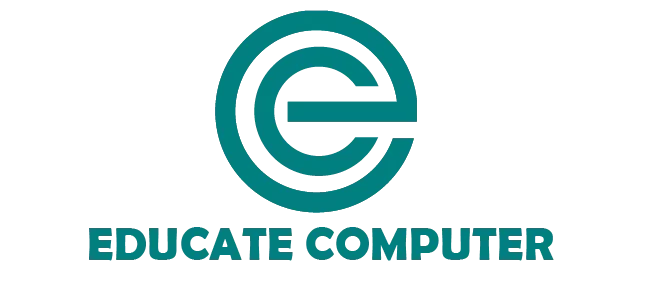Computer hardware has many advantages such as fast speed, better storage, and easy communication. This makes learning and daily tasks simple. It also supports creativity and research. However, it has disadvantages too, such as high cost, frequent upgrades, health issues, and electronic waste. The best way is to use hardware wisely to enjoy benefits and reduce problems.
Advantages of Computer Hardware
The following are advantages of computer hardware:
1. Speed and Performance
Modern computer hardware works very fast. It processes data quickly and allows multitasking. High performance also makes multitasking easy. You can open multiple programs at the same time.
For example, you can listen to music while writing notes or browsing the internet. High-performance hardware saves time and increases efficiency.
2. Improved Productivity
Hardware makes work easier and faster. Students can type assignments on a computer instead of writing them by hand. Teachers can prepare presentations and share notes with the class. Professionals also finish their office work quickly with the help of modern hardware.
When hardware works efficiently, less time is wasted on tasks. This means students can focus more on learning and less on struggling with slow or outdated devices.
3. Easy Communication
Communication becomes simple with the help of hardware. Devices such as webcams, microphones, speakers, and network cards allow students to connect with teachers and classmates online.
Today, online classes, video calls, and digital group projects are possible only because of hardware. Even across long distances, hardware ensures smooth communication.
4. Storage and Data Management
Another big advantage of hardware is its storage capacity. A single computer can store thousands of books, assignments, videos, and images. This means students do not need to carry heavy notebooks or worry about losing important notes.
Data stored on a hard drive or cloud server can be searched and retrieved within seconds. This makes hardware very useful in education, research, and personal work.
5. Entertainment and Creativity
Hardware is not only for studies. It also provides entertainment and supports creativity. Students can use computers to play educational games, listen to music, or watch movies. Creative students can design posters, create animations, or edit videos with the help of graphics cards and editing tools.
For example, a student interested in art can use a drawing tablet to create digital paintings. Another student interested in filmmaking can edit videos on a computer. In this way, hardware helps in exploring hidden talents.
6. Reliability and Durability
Modern hardware is more reliable and durable compared to older devices. A good quality laptop can last for years if handled properly. Servers and workstations can run continuously and handle heavy workloads.
This reliability means students and teachers can depend on their devices for long-term projects and important tasks without fear of sudden failure. Hardware durability also makes it a good investment for schools and families.
Disadvantages of Computer Hardware
Here are common drawbacks of computer hardware:
1. High Cost
The first major disadvantage of hardware is its cost. High-performance devices like laptops, printers, or graphics cards are very expensive. Many families and schools cannot afford the latest devices. This creates a gap between students who have access to better technology and those who do not.
2. Frequent Upgrades Needed
Technology changes very fast. A computer that is powerful today may become outdated in a few years. New software requires more speed, memory, and storage. To run these programs, hardware must be upgraded.
For example, if a student has an old laptop, it may not support the latest online learning apps. This forces families and schools to continually spend money on upgrades.
3. Maintenance and Repair Issues
Hardware needs care and maintenance. Dust, overheating, or misuse can damage parts. If a computer crashes during an assignment, it creates frustration. Repairs can also be costly. Sometimes service centers take days to fix the problem.
4. Health Problems
Long-term use of computers can affect health. Students may face eye strain from looking at screens. Sitting for long hours can cause back pain and reduce physical activity. If students use computers late at night, it can disturb their sleep patterns. In the long run, this can affect both health and academic performance.
5. Dependency and Overuse
Another disadvantage is dependency. Many students start relying too much on computers. Instead of thinking critically, they look for ready answers online. This reduces creativity and problem-solving skills. The overuse of computers also causes students to spend less time with family and friends.
Comparison Table of Advantages and Disadvantages of Computer Hardware
| Advantages | Disadvantages |
| Fast speed and better performance | High cost of devices |
| Improves productivity and saves time | Frequent upgrades needed |
| Supports easy communication | Requires maintenance and repairs |
| Provides a large storage capacity | Can cause health problems |
| Encourages creativity and entertainment | Students may become dependent |
| Supports learning and research | Security and privacy risks |
| Reliable and durable | Creates e-waste |
